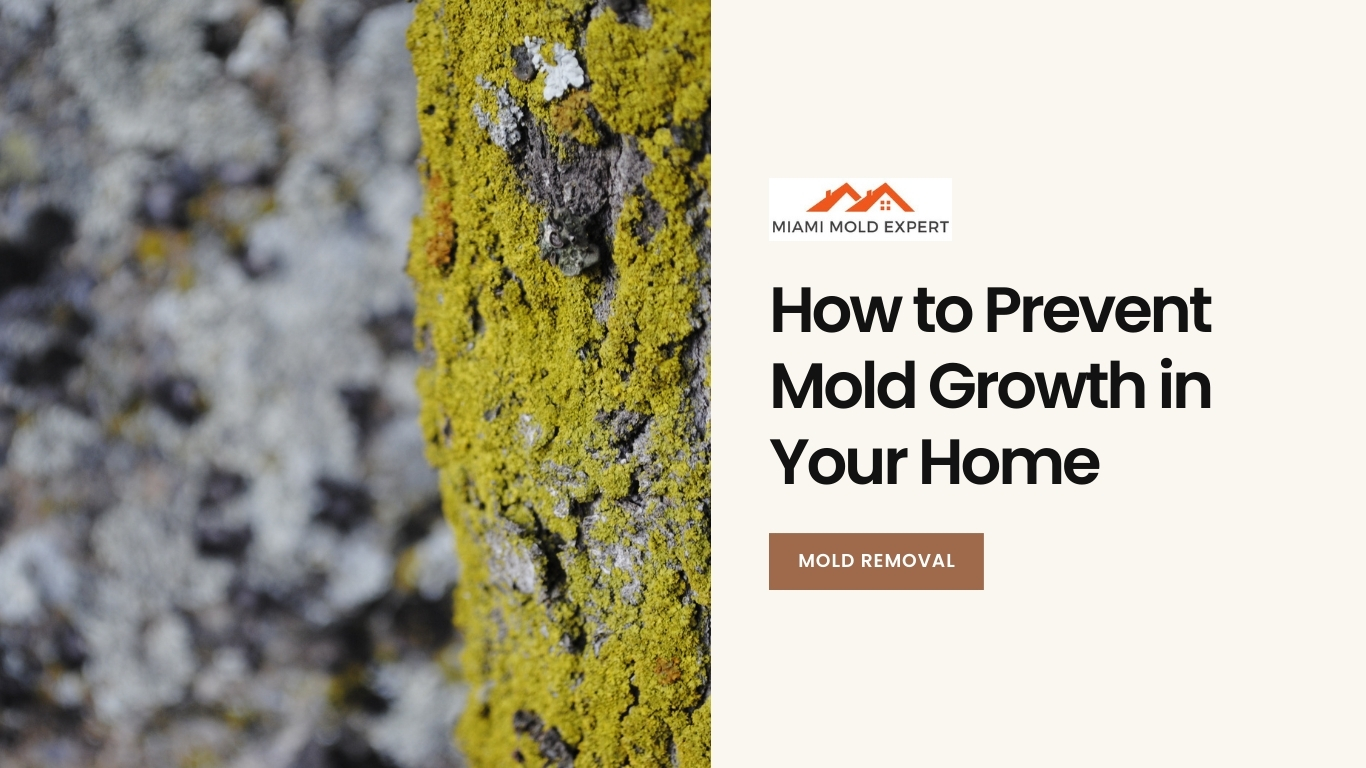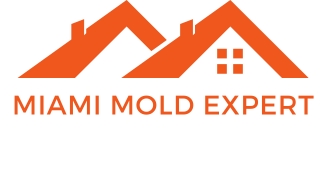
Mold growth is a common issue in homes, but it’s more than just an aesthetic nuisance. Left unchecked, mold can cause significant structural damage and pose serious health risks, including allergies and respiratory problems. The good news? Preventing mold is entirely achievable with proactive steps to manage moisture and improve ventilation.
In this guide, we’ll explore actionable tips to help you reduce the conditions that encourage mold growth, protect your home, and ensure a healthier living environment.
What Causes Mold Growth?
Mold thrives in environments with excessive moisture, poor ventilation, and organic materials like wood or drywall that it can feed on. Common culprits include:
- Leaking pipes or roofs: Water leaks create hidden damp spots, perfect for mold colonies.
- High humidity: Indoor humidity levels above 60% promote mold growth.
- Condensation: Moisture buildup on cold surfaces, like windows or metal pipes, can lead to mold.
- Flooding or water damage: Areas affected by flooding need immediate attention to prevent mold.
Understanding these factors is the first step toward taking preventative action.
Tips to Prevent Mold Growth in Your Home
1. Control Moisture Levels
Actionable Tip: Keep indoor humidity levels between 30-50%.
- Use a dehumidifier in damp areas like basements and bathrooms.
- Fix leaks immediately to avoid water accumulation.
- Ensure proper drainage around your home by maintaining clean gutters and directing water away from the foundation.
Pro Tip: Invest in a hygrometer to monitor humidity levels in different rooms.
2. Improve Ventilation
Why It Matters: Poor airflow traps moisture, creating an ideal environment for mold.
Steps to Take:
- Install exhaust fans in kitchens and bathrooms to vent moisture outdoors.
- Open windows regularly to improve natural air circulation.
- Use ceiling fans to keep air moving, especially in areas prone to dampness.
Example: After showering, leave the bathroom door open and run the fan for 20 minutes to clear excess moisture.
3. Keep Your Home Dry
Focus Areas:
- Kitchen and Bathroom: Wipe down wet surfaces like countertops and sinks after use.
- Laundry Area: Avoid leaving damp clothes or towels in the washing machine.
- Basement: Use waterproofing paint on walls and floors to seal out moisture.
Quick Fix: If spills or flooding occur, dry the area thoroughly within 24-48 hours to prevent mold spores from spreading.
4. Maintain HVAC Systems
Your heating, ventilation, and air conditioning (HVAC) system can either contribute to mold growth or help prevent it.
Checklist:
- Replace air filters every 1-3 months to improve airflow and remove mold spores.
- Schedule annual HVAC maintenance to ensure the system is working efficiently.
- Clean and inspect air ducts regularly to avoid mold buildup.
Pro Tip: Install a UV air purifier in your HVAC system to kill airborne mold spores.
5. Use Mold-Resistant Materials
When renovating or building, opt for mold-resistant materials to safeguard your home.
Recommended Materials:
- Mold-resistant drywall, which contains fiberglass instead of paper backing.
- Mold-resistant paint for bathrooms and kitchens.
- Non-porous flooring options like vinyl or tiles instead of carpets in moisture-prone areas.
Bonus: These materials can also increase your home’s resale value.
6. Inspect and Repair Problem Areas
Regular home inspections can prevent mold growth before it becomes a major problem.
Inspection Checklist:
- Check under sinks, around windows, and behind appliances for signs of leaks.
- Look for discoloration or musty odors in basements, attics, and crawl spaces.
- Seal cracks in walls or foundations that allow moisture to seep in.
Tip: Schedule a professional mold inspection annually, especially in older homes.
The Health Risks of Mold Exposure
Mold isn’t just harmful to your home; it’s a danger to your health. Prolonged exposure to mold can lead to:
- Allergies, coughing, and skin irritation.
- Worsened asthma symptoms.
- Fungal infections in people with weakened immune systems.
For more details, read our related blog: The Health Risks of Mold Exposure.
What to Do If Mold is Already Present
If mold has already developed in your home, prompt action is crucial.
- DIY Cleaning: For small areas (less than 10 square feet), scrub moldy surfaces with detergent and water.
- Professional Help: For larger infestations or recurring issues, contact mold inspection and removal experts.
Visit our Mold Removal Services page to learn how we can help.
Conclusion
Preventing mold growth is all about maintaining a dry, well-ventilated home and addressing moisture issues promptly. By following these tips, you can protect your home and family from the damaging effects of mold.
If you suspect mold in your home, don’t wait—take action today. Schedule a mold inspection with our team and safeguard your space from unwanted mold growth.
